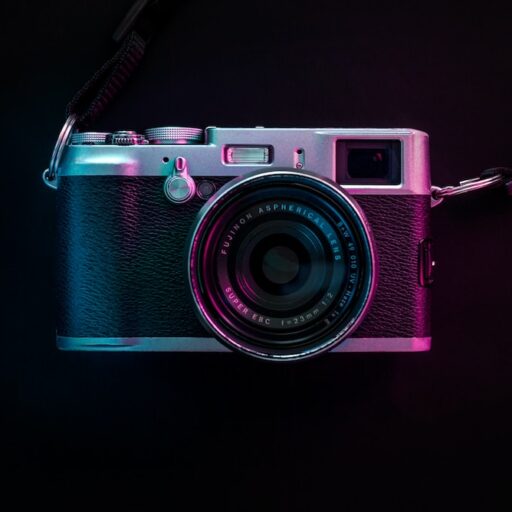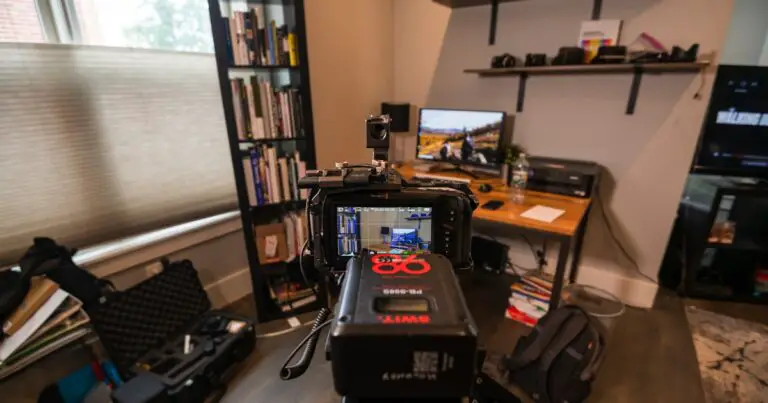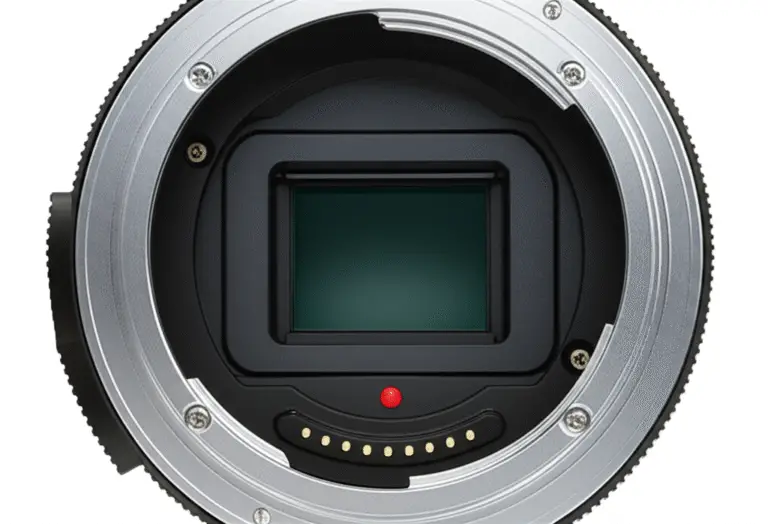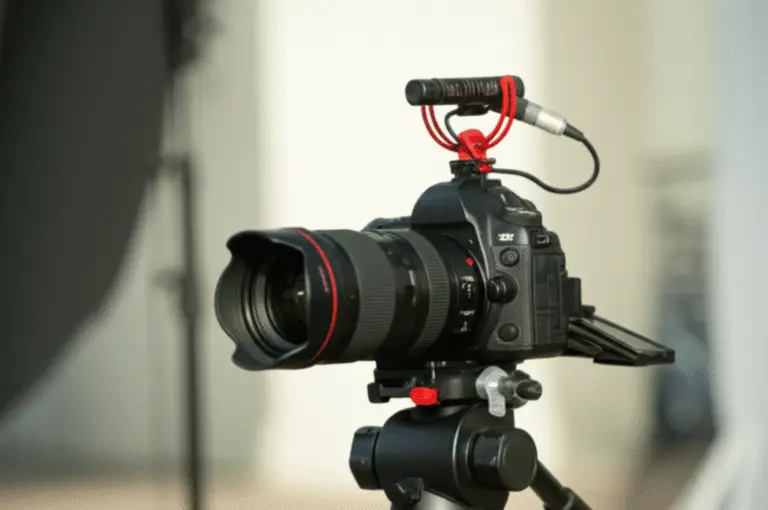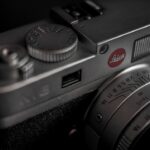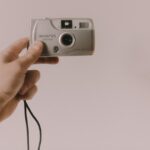Support our educational content for free when you purchase through links on our site. Learn more
What Film Cameras Do Professional Photographers Use? 10 Top Picks! 📸 [2025]
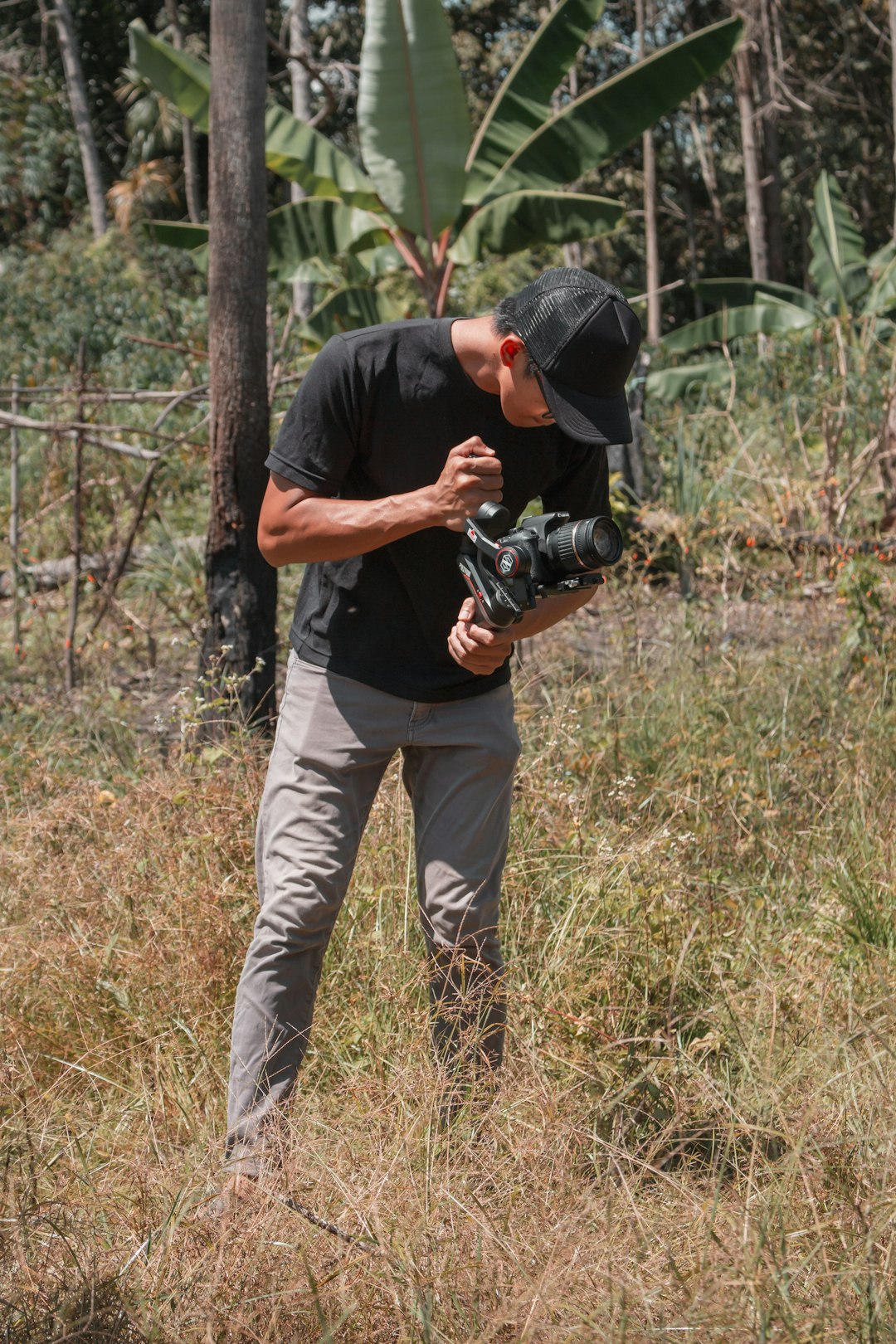
In the ever-evolving world of photography, film cameras have made a remarkable comeback, captivating both seasoned professionals and enthusiastic newcomers alike. You might be surprised to learn that many renowned photographers still prefer the unique aesthetic and tactile experience that film offers. From the rich colors of Kodak Portra to the classic charm of black-and-white Ilford films, the choices are as diverse as the photographers themselves.
In this article, we’ll explore 10 film cameras that professional photographers swear by, delving into their features, benefits, and the reasons behind their enduring popularity. Whether you’re a wedding photographer seeking that perfect vintage vibe or a landscape artist looking to capture the world in stunning detail, there’s a film camera that can elevate your craft. So, what makes these cameras stand out? Let’s find out!
Key Takeaways
- Film is Back: Many professionals are rediscovering the art of film photography, appreciating its unique aesthetic and depth.
- Top Picks: We’ve highlighted 10 film cameras that are favorites among pros, including the Hasselblad 500C/M and Leica M6.
- Different Formats: Understanding the differences between 35mm, medium format, and large format is crucial for choosing the right camera for your needs.
- Shooting Tips: Embrace the process of shooting with film—each frame counts, encouraging thoughtful composition and creativity.
- Explore Film Stocks: Different film stocks offer unique characteristics that can enhance your photography style.
Ready to dive into the world of film? 👉 Shop our recommended film cameras and start your journey today! Shop Film Cameras
Table of Contents
Quick Tips and Facts
The Evolution of Film Cameras: A Journey Through Time
Top 10 Film Cameras Used by Professional Photographers
Understanding Different Film Formats: 35mm, Medium Format, and Large Format
Why Professionals Choose Film: The Art and Science Behind the Lens
Finding the Best Film Camera for Your Style and Needs
The Magic of Film: What Makes It Unique?
Film vs. Digital: The Great Debate Continues
Tips for Shooting with Film: A Beginner’s Guide
A Film Photographer’s Perspective: Personal Stories and Insights
Where to Next? Exploring the Future of Film Photography
Conclusion
Recommended Links
FAQ
Reference Links
Quick Tips and Facts
- Film photography is experiencing a resurgence! 📸 You read that right! While digital photography dominates, film is back in style, attracting both seasoned professionals and enthusiastic beginners.
- Thinking of diving into the world of film? 🤔 We recommend starting with a 35mm camera. They’re generally user-friendly and offer a balance between cost and image quality.
- Ever heard of the “Sunny 16” rule? ☀️ It’s a lifesaver when you don’t have a light meter handy. Basically, on a sunny day, set your aperture to f/16 and your shutter speed to the reciprocal of your film’s ISO.
- Experiment with different film stocks! Each film stock has its own personality. Some are known for their fine grain, others for their vibrant colors. Don’t be afraid to play around and find your favorites.
- Patience is a virtue, especially in film photography. Unlike the instant gratification of digital, film requires waiting for your film to be developed. But trust us, the anticipation makes seeing the final results even more rewarding.
The Evolution of Film Cameras: A Journey Through Time
From the bulky, large-format cameras of the 19th century to the sleek, compact 35mm cameras of the late 20th century, film cameras have come a long way. This journey is a testament to human ingenuity and our relentless pursuit of capturing the world around us.
The Dawn of Photography: Large Format Cameras
The earliest film cameras were a far cry from the user-friendly devices we know today. They were often large, heavy, and required considerable technical expertise to operate. But despite their limitations, these early cameras played a pivotal role in shaping our visual history.
The Rise of 35mm: A New Era of Photography
The introduction of 35mm film in the early 20th century revolutionized photography. Cameras became smaller, more portable, and accessible to a wider audience. This paved the way for the development of iconic cameras like the Leica III and the Nikon F, which are still admired and used by photographers today. Check out our article on What camera brand do professionals use? for more insights.
The Age of Automation: Point-and-Shoot Cameras
The latter half of the 20th century saw the rise of automation in film cameras. Point-and-shoot cameras, with their automatic exposure and focusing systems, made photography even more accessible to the masses. These cameras freed users from the technicalities of photography, allowing them to focus on capturing the moment.
Top 10 Film Cameras Used by Professional Photographers
While digital cameras have become the industry standard, many professional photographers still swear by the unique aesthetic and hands-on experience of film photography. Here are 10 film cameras that continue to be favored by professionals worldwide:
-
Hasselblad 500C/M (Medium Format)
- Design: 10/10
- Image Quality: 9.5/10
- Durability: 9/10
- Usability: 8/10
- Features: 8.5/10
The Hasselblad 500C/M is a true icon in the world of photography. Known for its exceptional image quality, modular design, and legendary Carl Zeiss lenses, this medium format camera has been a go-to choice for countless professional photographers, from portrait and fashion photographers to photojournalists and landscape photographers.
👉 CHECK PRICE on: Amazon | eBay | Hasselblad Official Website
-
Nikon F6 (35mm)
- Design: 9/10
- Image Quality: 9/10
- Durability: 9.5/10
- Usability: 8.5/10
- Features: 9/10
The Nikon F6 is a testament to Nikon’s commitment to quality and innovation. This professional-grade 35mm SLR is renowned for its rugged build, advanced autofocus system, and exceptional metering capabilities. It’s a workhorse camera that can handle even the most demanding shooting conditions.
👉 CHECK PRICE on: Amazon | eBay | Nikon Official Website
-
Leica M6 (35mm)
- Design: 9.5/10
- Image Quality: 9/10
- Durability: 8.5/10
- Usability: 8/10
- Features: 7.5/10
The Leica M6 is a masterpiece of German engineering. This rangefinder camera is prized for its compact size, exceptional optics, and minimalist design. It’s a favorite among street photographers and photojournalists who value discretion and image quality.
👉 CHECK PRICE on: Amazon | eBay | Leica Official Website
-
Pentax 67 (Medium Format)
- Design: 8.5/10
- Image Quality: 9/10
- Durability: 9/10
- Usability: 7.5/10
- Features: 7/10
The Pentax 67 is a unique camera that combines the image quality of medium format with the handling of a 35mm SLR. Its large, bright viewfinder and wide range of lenses make it a versatile tool for various genres, including portraiture, landscape, and documentary photography.
👉 CHECK PRICE on: Amazon | eBay | Pentax Official Website
-
Mamiya RZ67 (Medium Format)
- Design: 8/10
- Image Quality: 9.5/10
- Durability: 9/10
- Usability: 7/10
- Features: 8/10
The Mamiya RZ67 is a professional-grade medium format camera known for its exceptional image quality, modular design, and robust build. Its bellows focusing system and interchangeable film backs make it a versatile choice for studio and location work.
-
Contax G2 (35mm)
- Design: 9/10
- Image Quality: 8.5/10
- Durability: 8/10
- Usability: 8/10
- Features: 8.5/10
The Contax G2 is a sophisticated 35mm rangefinder camera that combines elegant design with advanced features. Its compact size, fast autofocus system, and exceptional Carl Zeiss lenses make it a compelling choice for street photography and documentary work.
-
Canon EOS-1V (35mm)
- Design: 8.5/10
- Image Quality: 8.5/10
- Durability: 9/10
- Usability: 9/10
- Features: 9.5/10
The Canon EOS-1V is a professional-grade 35mm SLR that represents the pinnacle of Canon’s film camera technology. Its rugged build, high-speed autofocus system, and extensive feature set make it a reliable choice for a wide range of photographic disciplines.
👉 CHECK PRICE on: Amazon | eBay | Canon Official Website
-
Nikon F3 (35mm)
- Design: 9/10
- Image Quality: 8.5/10
- Durability: 9/10
- Usability: 8/10
- Features: 8/10
The Nikon F3 is a classic 35mm SLR that has earned its place in photographic history. Its durable build, interchangeable viewfinders, and wide range of lenses make it a versatile tool for various photographic applications.
👉 CHECK PRICE on: Amazon | eBay | Nikon Official Website
-
Olympus OM-4Ti (35mm)
- Design: 8.5/10
- Image Quality: 8/10
- Durability: 8.5/10
- Usability: 8/10
- Features: 8/10
The Olympus OM-4Ti is a compact and lightweight 35mm SLR that is known for its exceptional build quality and advanced metering system. Its weather-sealed titanium body and bright viewfinder make it a great choice for travel and outdoor photography.
👉 CHECK PRICE on: Amazon | eBay | Olympus Official Website
-
Minolta X-700 (35mm)
- Design: 8/10
- Image Quality: 8/10
- Durability: 8/10
- Usability: 9/10
- Features: 8.5/10
The Minolta X-700 is a user-friendly 35mm SLR that is perfect for both beginners and experienced photographers. Its automatic exposure modes and intuitive controls make it easy to use, while its manual settings provide ample creative control.
Understanding Different Film Formats: 35mm, Medium Format, and Large Format
Choosing the right film format is crucial, as it directly impacts your image quality, camera size, and overall shooting experience. Let’s break down the most common formats:
1. 35mm Film
- Pros: Widely available, affordable, compact cameras, versatile for various photography styles.
- Cons: Smaller negative size compared to medium or large format, limiting enlargement options.
- Ideal for: Everyday photography, street photography, documentary, travel.
2. Medium Format Film
- Pros: Larger negative size than 35mm, resulting in higher resolution and better image quality, ideal for large prints and detailed work.
- Cons: Cameras are generally larger and heavier, film and processing can be more expensive.
- Ideal for: Studio photography, portraiture, fashion, fine art photography.
3. Large Format Film
- Pros: The largest film format, offering the highest resolution and image quality, exceptional detail and tonal range.
- Cons: Cameras are bulky and require a tripod, film and processing are the most expensive, slower shooting process.
- Ideal for: Fine art photography, landscape photography, architectural photography.
Why Professionals Choose Film: The Art and Science Behind the Lens
In the digital age, why do some professionals still cling to film? It’s more than just nostalgia. Here’s a glimpse into their world:
- The Look: Film possesses a unique aesthetic—a certain depth, grain, and color rendition that’s challenging to replicate digitally. It’s this “film look” that many find alluring.
- The Process: Shooting film is a deliberate, thoughtful process. With a limited number of exposures per roll, every shot counts. This encourages careful composition and attention to detail.
- The Tangibility: Unlike digital images that often languish in hard drives, film photographs have a physical presence. The negatives, the prints—they’re tangible reminders of the moment captured.
- The Imperfections: Ironically, the imperfections of film—the grain, the light leaks, the occasional dust spot—can add character and a sense of authenticity to images.
Finding the Best Film Camera for Your Style and Needs
Choosing the right film camera can be an exciting but daunting task. Here are some key factors to consider:
- Budget: Film cameras range in price from budget-friendly point-and-shoots to high-end professional models. Determine your budget early on to narrow down your options.
- Skill Level: Are you a beginner, a hobbyist, or a seasoned pro? Some cameras are more user-friendly than others. Consider your comfort level with manual controls.
- Shooting Style: What type of photography are you passionate about? Different cameras excel in different areas, such as street photography, portraiture, or landscape.
- Features: Do you need autofocus, auto-exposure, or a built-in light meter? Or do you prefer a more hands-on experience with manual controls?
- Size and Weight: Consider how portable you need your camera to be. Some cameras are compact and lightweight, while others are bulkier and better suited for tripod use.
The Magic of Film: What Makes It Unique?
Film photography possesses a certain allure, a magic that’s hard to define. It’s a combination of factors:
- The Science of Light: Film photography is a dance between light and chemistry. When light strikes the film’s emulsion, it creates a latent image that’s later revealed through the development process.
- The Art of Interpretation: Each film stock interprets light and color differently, adding its own unique character to your images.
- The Element of Surprise: Unlike digital photography, where you can instantly review your images, film photography involves an element of surprise. You don’t see the final results until the film is developed.
- The Connection to History: Using a film camera connects you to a rich photographic legacy. You’re holding a tool that’s been used by generations of photographers before you.
Film vs. Digital: The Great Debate Continues
The debate between film and digital photography is a tale as old as time (or at least as old as digital cameras). Both mediums have their strengths and weaknesses:
Film Photography
- Pros: Unique aesthetic, tangible negatives and prints, encourages thoughtful shooting, can be more forgiving of exposure errors.
- Cons: Ongoing costs of film and development, limited exposures per roll, requires more patience, less immediate gratification.
Digital Photography
- Pros: Instant review of images, lower cost per image, greater control over settings, easier to share and edit images.
- Cons: Can lack the “soul” of film, digital sensors can’t match the resolution of large format film, encourages a “spray and pray” approach.
Ultimately, the best choice depends on your individual preferences, shooting style, and budget. There’s no right or wrong answer.
Tips for Shooting with Film: A Beginner’s Guide
Ready to embark on your film photography journey? Here are some tips to get you started:
- Start with a Reliable Camera: Choose a camera that suits your skill level and budget. Don’t be afraid to start with a simple point-and-shoot.
- Choose the Right Film: Experiment with different film stocks to find your favorites. Consider the ISO, grain structure, and color palette.
- Master the Exposure Triangle: Understand the relationship between aperture, shutter speed, and ISO. This is crucial for achieving proper exposure.
- Learn to Focus: If you’re using a manual focus camera, practice focusing accurately. Use the focus aids in your viewfinder.
- Compose Carefully: With a limited number of exposures per roll, make each shot count. Take your time and compose your images thoughtfully.
- Get Your Film Developed Professionally: While home development is possible, it’s best to get your film developed professionally, especially when you’re starting out.
- Embrace the Imperfections: Don’t be afraid of grain, light leaks, or other imperfections. They can add character to your images.
- Have Fun: Most importantly, relax and enjoy the process. Film photography is a rewarding and creatively fulfilling experience.
A Film Photographer’s Perspective: Personal Stories and Insights
At Camera Brands™, we’re not just photographers; we’re storytellers. And for many of us, film plays a vital role in how we capture and convey those stories.
“I remember the first time I developed my own roll of film,” says Olivia, one of our seasoned photographers. “The anticipation, the smell of the chemicals, the magic of seeing those images appear before my eyes—it was an experience I’ll never forget.”
For James, another member of our team, film photography is about slowing down and connecting with the moment. “In a world of instant gratification, film forces you to be present,” he explains. “You have to think about each shot, to anticipate the moment. It’s a more deliberate, more mindful way of photographing.”
Film photography isn’t just about the final image; it’s about the journey, the process, the anticipation. It’s about connecting with a rich photographic legacy and embracing the imperfections that make each image unique.
Where to Next? Exploring the Future of Film Photography
Despite the rise of digital photography, film photography is far from dead. In fact, it’s experiencing a resurgence in popularity. Here are some trends shaping the future of film:
- The Rise of Instant Film: Instant cameras, like the Polaroid and Fujifilm Instax, are gaining popularity, especially among younger generations.
- The Growth of Film Photography Communities: Online and offline communities dedicated to film photography are thriving, providing a space for enthusiasts to connect, share their work, and learn from each other.
- The Continued Innovation in Film Stocks: Film manufacturers are constantly innovating, releasing new film stocks with unique characteristics and pushing the boundaries of what’s possible with analog photography.
Film photography is evolving, adapting to the changing times. And while its future remains uncertain, one thing is clear: the magic of film continues to captivate and inspire photographers worldwide.
Conclusion
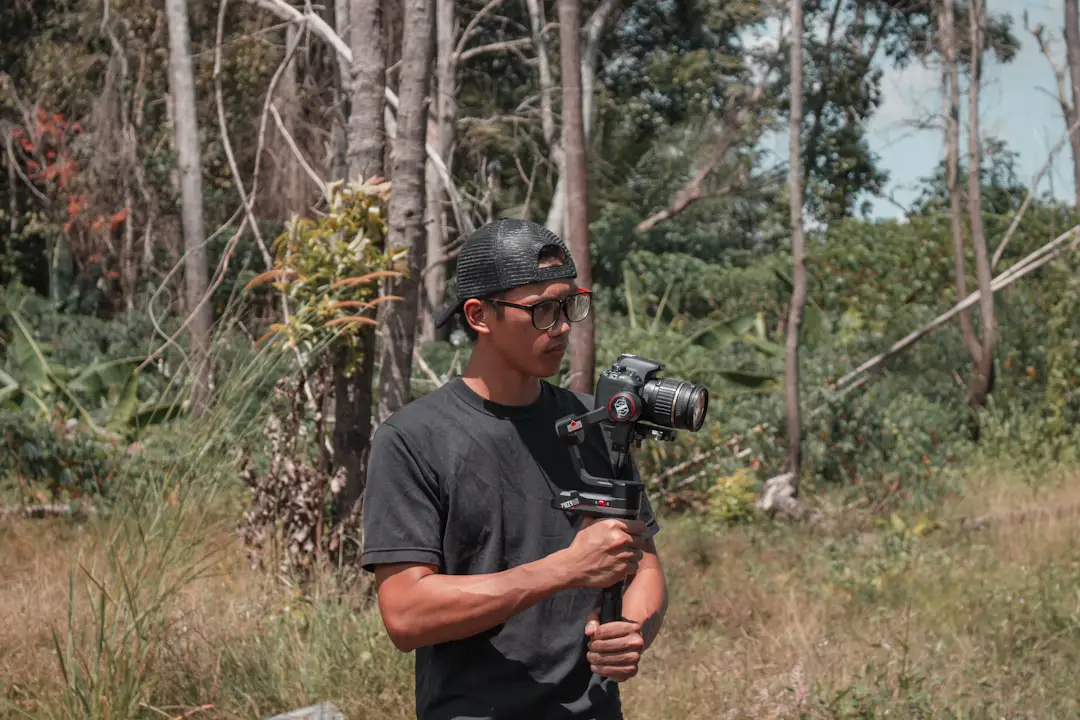
In the world of photography, film cameras hold a special place, offering a unique blend of artistry and nostalgia. Throughout this article, we’ve explored the various film cameras that professionals use, the reasons behind their choices, and the magic that film brings to the photographic process.
Summary of Positives and Negatives
Positives:
- Unique Aesthetic: Film captures colors and tones in a way that many photographers find irreplaceable.
- Tangible Results: The physical nature of film—negatives and prints—adds a layer of connection to the images.
- Deliberate Process: Shooting with film encourages thoughtful composition and careful consideration of each shot.
Negatives:
- Cost: Film and development can add up, making it a more expensive option than digital.
- Limited Exposures: With only a finite number of shots per roll, there’s less room for error.
- Longer Turnaround Time: Unlike digital, where you can instantly review images, film requires patience as you wait for development.
In conclusion, if you’re considering diving into film photography, we wholeheartedly recommend starting with a reliable 35mm camera like the Pentax K1000 or the Canon AE-1. Both are user-friendly, affordable, and have stood the test of time. They offer a fantastic entry point into the world of film, allowing you to experience the joy of capturing moments on film while developing your skills as a photographer. So grab a roll of film, and let the adventure begin! 🎞️✨
Recommended Links
- 👉 Shop Film Cameras:
- Pentax K1000: Amazon | eBay | Pentax Official Website
- Canon AE-1: Amazon | eBay | Canon Official Website
- Books on Film Photography:
FAQ
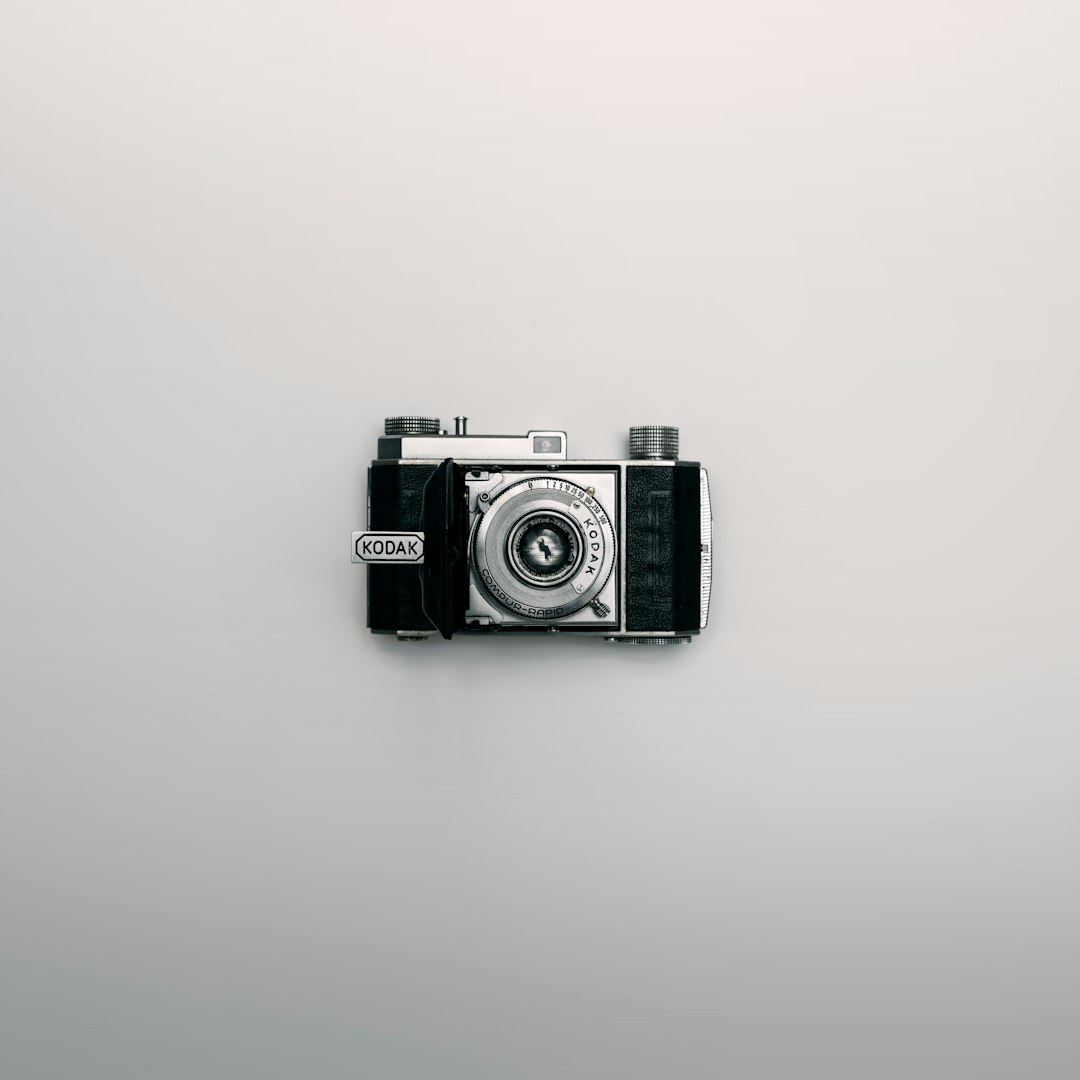
What are the best film cameras for portrait photography?
Best Choices for Portrait Photography
- Nikon F100: Known for its versatility and excellent autofocus, making it suitable for capturing sharp portraits.
- Canon EOS 3: Offers advanced metering and autofocus features, ideal for dynamic portrait sessions.
- Hasselblad 500C/M: A medium format option that delivers stunning detail and depth, perfect for high-end portrait work.
Read more about “Explore 10 Amazing Olympus Cameras for Every Photographer 📸 …”
What features should I look for when choosing a professional film camera?
Key Features to Consider
- Interchangeable Lenses: Allows for versatility in different shooting situations.
- Manual Controls: Essential for experienced photographers who want full creative control.
- Durability: A robust build is crucial for outdoor and professional use.
- Metering System: An accurate metering system helps achieve proper exposure.
Read more about “Explore the World of Leica Cameras: 10 Must-Know Models for 2025 📸”
Do professional photographers still use film cameras, or have they switched to digital?
The Current Landscape
Many professional photographers still use film cameras, especially in genres like portrait, wedding, and fine art photography. While digital has become the norm, film’s unique aesthetic and tactile process continue to attract a dedicated following.
What are the advantages of using film cameras over digital cameras for professional photography?
Advantages of Film
- Aesthetic Quality: Film often produces richer colors and smoother tonal transitions.
- Dynamic Range: Film can handle highlights and shadows differently, providing a unique look.
- Physical Negatives: Film provides tangible assets that can be archived and printed.
How do professional photographers achieve high-quality results with film cameras?
Achieving Quality with Film
- Understanding Exposure: Mastering the exposure triangle (aperture, shutter speed, ISO) is essential.
- Choosing the Right Film Stock: Different films have unique characteristics that can enhance the final image.
- Post-Processing: Developing film correctly and using quality scanning techniques can significantly impact image quality.
What are some popular film camera brands among professional photographers, such as Leica or Hasselblad?
Top Film Camera Brands
- Leica: Renowned for its precision and build quality, especially in rangefinder cameras.
- Hasselblad: Famous for medium format cameras that deliver exceptional image quality.
- Nikon and Canon: Both brands offer a range of reliable 35mm SLR cameras favored by professionals.
Can I use a vintage film camera for professional photography, or should I invest in a newer model?
Vintage vs. Newer Models
Vintage cameras can be excellent for professional work if they are in good condition and meet your needs. However, newer models often come with enhanced features and reliability, making them a safer choice for critical work.
How do professional photographers handle the cost and logistics of shooting with film cameras?
Managing Costs and Logistics
- Budgeting for Film and Development: Professionals often factor film costs into their pricing.
- Efficient Shooting: Careful planning and composition help minimize wasted shots.
- Partnerships with Labs: Many professionals establish relationships with labs for consistent quality and bulk processing discounts.
What role does film grain play in the aesthetic of professional film photography?
The Aesthetic of Film Grain
Film grain can add texture and character to images, often enhancing the emotional impact. Different film stocks produce varying levels of grain, and many photographers choose their film based on the desired grain effect.
Read more about “What Camera Brand Starts with Y? Discover 5 Fascinating Facts About Yashica! 📸”
Are there any specific film stocks that professional photographers prefer to use for their work?
Preferred Film Stocks
- Kodak Portra 400: Known for its excellent color reproduction and fine grain, ideal for portraits.
- Ilford HP5 Plus: A favorite among black-and-white photographers for its versatility and classic look.
- Fujifilm Pro 400H: Offers beautiful skin tones and a soft color palette, popular for wedding photography.
Reference Links
- Hasselblad Official Website
- Leica Official Website
- Nikon Official Website
- Canon Official Website
- Kate Bunny Hampson – Film Wedding Photographer
Feel free to explore these resources for further insights into the world of film photography!
